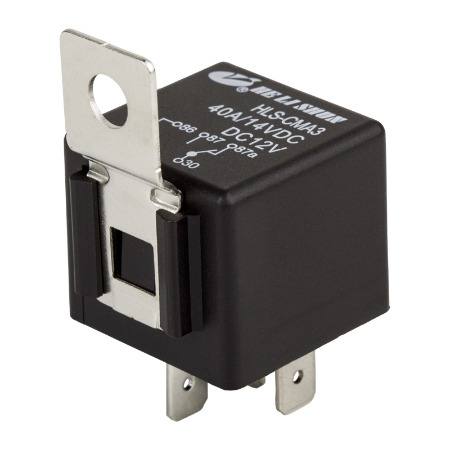A relay socket is a connector used to interface electromechanical switches and other equipment. They simplify the installation or replacement of relays within a circuit, which can save time, effort and money.
Relay Socket Types & Applications
There are a variety of relay socket types, including through hole technology (THT) and surface mount technology (SMT). Many sockets have mounting holes or they can be installed inside existing panels or structures. Others can be mounted on a standard DIN rail.Performance specifications for relay sockets include number of poles, maximum voltage and current, dielectric strength, insulation resistance and temperature range. Some products are also flame retardant, shatterproof or designed for demanding applications.

Connector Types & Features
Relay sockets can be available with multiple terminal types, including screw, crimp and quick connect / disconnect. There are also various receptacle styles. Some have a blade or lug, others have a PCB socket.
Socket Receptacle Styles & Features
Relay socket receptacle styles vary by the terminal type and the number of pins per blade. Typical socket receptacles feature 5, 7, 8, 10, 11, 14 or 16 pins per blade.
Socket receptacles also have different spacing to accommodate a variety of relays and circuits. Relay sockets are commonly used to interface latching or non-latching relays, general purpose relays and solid state relays.
Relay sockets can be made of metal or composite materials and come in a variety of shapes, sizes and colors. They can be found in many applications and projects, from automotive equipment to large presses to motors.




 English
English 中文简体
中文简体















